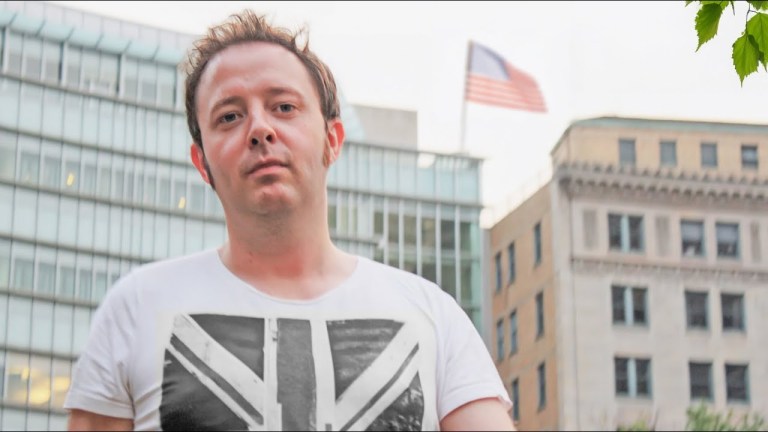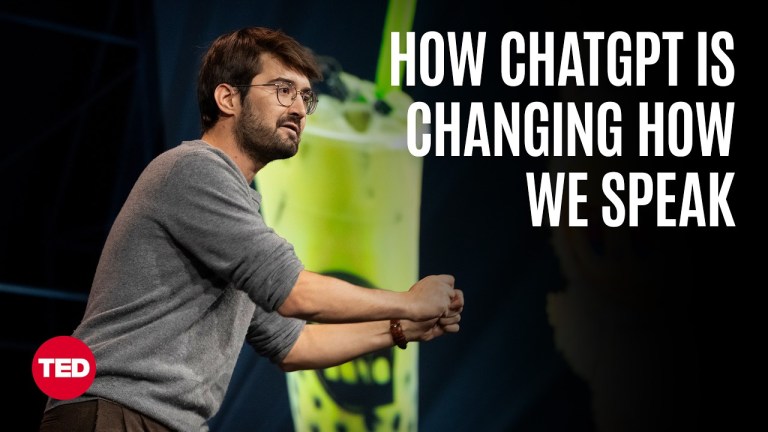The Brain Chemistry Behind Mutual Attraction and Why Opposites Don’t Always Attract
In the latest episode of the PBS Digital series Brain Craft, host Vanessa Hill explains the science behind mutual attraction and why the theory of positive assortative mating means that opposites don’t always attract.
Some research suggests that we’re a lot more likely to date people just like ourselves. “Positive assortative mating” is the scientific term for ending up with and–well–mating ith a partner who mirrors your traits. It can be quite literal: one study found that we’re more likely to pair up with those who have similar facial features and are of a similar height. But it’s not always the case…. So why do you fall in love with one person and not another? Recent research suggests our partner preference could come down to our brain chemistry. In one study, those with higher dopamine levels—think explorers who are sensation seeking and independent—were more likely to be attracted to people similar to themselves. Those with higher serotonin levels—think calm and controlled—were more likely to pick similar partners too. But men with high testosterone levels—competitive and decisive—were likely to be drawn to women with high estrogen levels. And vice versa.






